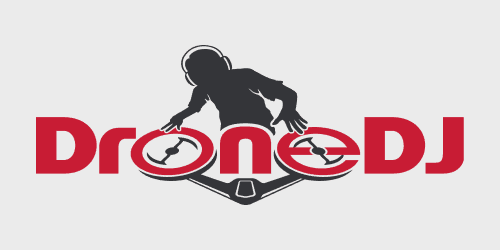
In a certain sign of a maturing sector, the heavy investment into manufacturers of all types of drones over the past decade is slowly but perceptibly shifting towards companies developing security systems to detect, identify, and if need be, neutralize the very UAVs earlier funding helped proliferate.
This month, leading airspace security company Dedrone said it had finalized a $30.5 million Series C financing round led by Axon, a major player in connected public safety technologies. On nearly the same day, rival SkySpace announced it had raised $30 million in Series B funding atop the previous $45 million in capital it had received. That financial support, say executives from both firms, is a reflection of evolving development priorities in the sector from drone production toward security systems to detect and identify them.
According to figures by the Federal Aviation Administration, there are currently more than 900,000 registered UAVs in the US, with a total of 3.5 million craft estimated in use. Continued production and sales of those are expected to increase the commercial drone market value to $58.4 billion in 2026 – surging activity explaining the growing focus on security, detection, and identification development.
“As our airspace gets more crowded with drones, it becomes increasingly difficult to ensure those flying over our airports, stadiums, borders, and other public spaces are authorized to be there,” says SkySafe founder and CEO, Grant Jordan. “SkySafe has created an airspace awareness system for drones to offer visibility, accountability, and ultimately, safety.”
Participants in SkySafe’s capital infusion include Kingfisher Investment, Gaingels, MIT alumni investment fund Castor Ventures, and Andreessen Horowitz. Dedrone’s Series C round involved Aqton Partners, Menlo Ventures, Felicis Ventures, Target Partners, TempoCap, and others.
Those latter investors were likely attracted to the market’s spiking interest in Dedrone’s counter-UAV activity, which last year allowed it to sell 1,000 sensor security systems to detect and identify over 200 different drone types around the globe.
“Drone detection and tracking is highly complex and we are seeing more and more instances of drones being used for nefarious purposes, including the first known drone-based terrorist attack on US soil last year,” comments Aaditya Devarakonda, Dedrone CEO. “This investment demonstrates clear validation of Dedrone’s technology and team.”
Given the expanding list of organizations turning to counter-UAV security systems, it’s little wonder investors are looking at the segment as a potentially promising growth area. Dedrone says its clients include governments of four G-7 nations, nine US federal agencies – including the Department of Defense – and over 65 critical infrastructure sites, 20 airports, 50 correctional facilities, and 10 Fortune 500 companies worldwide.
For its part, SkySafe boasts customers in more than 30 countries, including airports, prisons, stadiums, border patrol, law enforcement agencies, and US and allied militaries using its security systems to detect and identify drones. Jordan says without a broadening of those capacities, the rising numbers of UAVs in the air will themselves generate resistance to their presence overhead.
“Without this infrastructure for drones, it’s difficult to build public trust and scale commercial use,” he says.
FTC: We use income earning auto affiliate links. More.




Comments